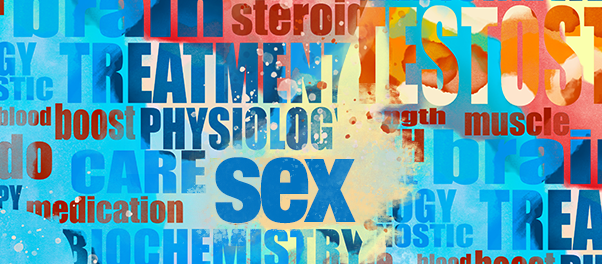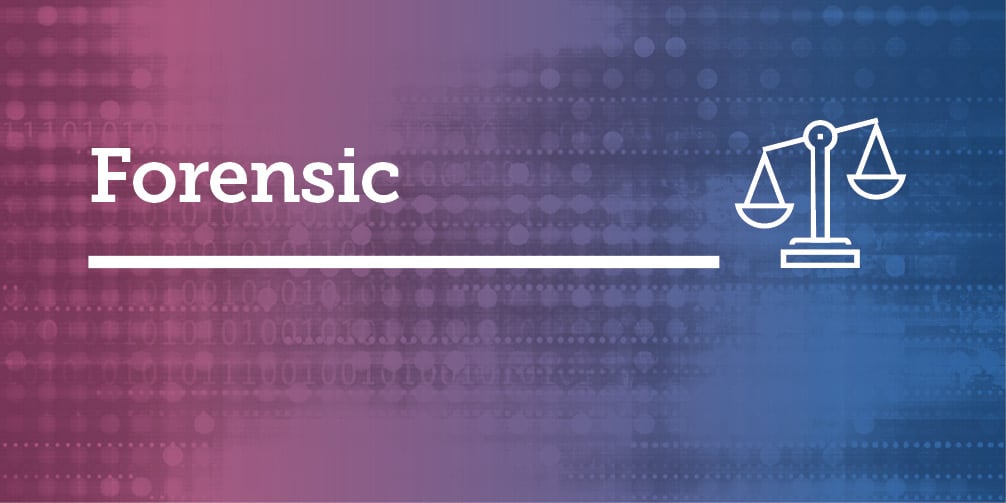Featured Article
Article Title
Adolescent’s Mental Health in Context of Indirect Exposure to Terrorism: A Qualitative Study
Authors
Sanam Younis; National Institute of Psychology, Quaid-I-Azam University, Islamabad, Pakistan
Humaira Jami; National Institute of Psychology, Quaid-I-Azam University, Islamabad, Pakistan
Fahad Riaz; Department of Psychology, Jeffrey Cheah School of Medicine and Health Sciences, Monash University, Subang Jaya, Malaysia
Warda Saleh; National Institute of Psychology, Quaid-I-Azam University, Islamabad, PakistanAbstract
The escalating indirect exposure to terrorism through media has contributed to rising mental health issues among adolescents. The terrorist attack on Army Public School Peshawar (APSP) in Pakistan has received immense media coverage and the violence shown has touched the lives of natives. The current study adopts an Interpretative phenomenological analysis to explore the impact of indirect exposure to terrorism through media—television and Facebook—on adolescents' mental health in relation to a terrorist attack on APSP. Moreover, the effect of changes occurred in parents’ behaviour and school settings after the stated terrorist attack were also considered. To gather data, six Focus Group Discussions (FGDs) were conducted with adolescents (N = 45) who were enrolled in educational institutes far from the epicentre of the attack and came to know about the attack through media. Acquired qualitative data was subjected to thematic analysis revealing that indirect exposure to terrorism through media negatively impact the mental health of adolescents. Likewise, the abrupt changes in school settings and parental behaviour cause disruption in their immediate environment that further impacts their well-being.
Keywords
Adolescent mental health; parental behaviour; school environment; media exposure to terrorism; terrorism
Summary of Research
“Terrorist acts intend to inculcate fear, terror, and chaos among the targeted population. The spread of fear and terror mainly depends upon the images and the way the terrorist attack has been reported by the media”. The APSP attack “was the most tragic, horrific, and traumatic event in the history of Pakistan causing serious injuries and forcing many students to death.” The widespread media coverage “spread the terror, chaos, and fear all across the country,” significantly impacting adolescents who “having unrestricted access to media content were significantly exposed to the traumatic event.” This study aims to explore the psychological effects of this indirect exposure to terrorism through media and changes in adolescents’ home and school environments (p. 1).
“Keeping in view the sensitivity of the topic and its impacts on the mental health of adolescents, the main focus of the current study was to explore the impact of media exposure to terrorism in combination with serious disruption in their immediate environment – home and school – on adolescents’ mental health.” The study seeks to answer three key questions: “(1) What are the impacts of indirect exposure to terrorism on adolescents’ mental health? (2) What changes does the indirect exposure to terrorist attack on educational institutes bring in an immediate environment that is school and home settings of adolescents? (3) How do changes occurring in parents' behaviour in school settings as a result of exposure to terrorist incident on educational institutions affect adolescents' mental health?” (p. 2-3).
“The sample was based on students with an age range between 14–17 years enrolled in different educational institutions of Islamabad, Rawalpindi, and Abbottabad”. “The total sample was based on 45 participants”, including both male and female students. “Moreover, it was assured that neither participants nor their immediate family members are directly exposed to any terrorist attack”. The study used a “phenomenological approach” that “aligns with the stated aim of the study that entails investigating the impact of indirect exposure to terrorism on adolescents’ mental health by exploring their experiences”. Data was collected using “six Focus Group Discussions (FGDs), three in Abbottabad, and three in Islamabad/Rawalpindi”. Thematic analysis was performed on the transcripts, allowing researchers to identify key themes in adolescents’ experiences and responses (p. 3).
Five major themes emerged: understanding of terrorism, media exposure, parental behavior, school changes, and adolescent mental health. Adolescents described terrorism as “dehshatgard apni religious ideologies ko hum par dehshatgardi se musalat krna chahte hain” [terrorists want to impose their religious ideologies on us through the use of force]. Regarding media exposure, one participant stated, “T.V. aur FB par dekha to es ke shiddat ka andaza hua” [We came to know about its intensity when we saw it on T.V. and FB]. Parents became more protective: “mere waldain Army Public School ke waqia k baad mere tahafuz ke lye buhut zyada pareshan rehte hain” [My parents worry a lot for my safety after the Peshawar incident]. Schools increased security, with one student reporting, “hamare school mein har jaggah security cameray laga dye hain” [surveillance cameras are installed everywhere in our school]. Adolescents described emotional distress, with one saying, “Mujhe bure bure khawab aate the, media par Army Public School par attack dekh kr” [I used to have nightmares after watching media coverage of the APSP attack] (p. 6-8).
The study found that “television broadcasting goes ‘live,’ with 24-h non-stop news coverage making it most consumed source of information”. Media outlets “start sensationalizing the terrorist attack rather than focusing on the political or social causes underlying such attacks”. The coverage of the APSP attack was particularly graphic, similar to “the 9/11 terrorist attack [where] media have frequently broadcast terrifying images of the attack, for example airplanes hitting the building, people jumping off the building, etc.”. Parents’ distress translated into overprotective behaviors: “Parents who are more distressed following a trauma are the ones who are overprotective of their children”. School security changes also disrupted students’ sense of safety, as “strict surveillance and security show a probability of a terrorist attack even if there is not” (p. 8-9).
Translating Research into Practice
“Now withstanding the limitations of the study, there are practical implications of the observed association between media exposure to terrorism and adolescent’s mental health. In future, if clinicians counter people affected by the acts of terrorism directly or indirectly through media, he/she may recommend a reduction in exposure to coverage of events by illustrating the harmful effects posed through such exposure on mental health and psychosocial Functioning.
Additionally, the public may benefit from knowing that exposure to media coverage of acts of terrorism is associated with psychopathology. Parents could protect themselves and their children from deleterious effects of intense media exposure to terrorism. They may realize that details of such intense incident like terrorist attack on APSP is hard for innocent minds to absorb and assimilate. Consequently, they may find some healthy activities for their children in replacement to media exposure to terrorism. Parents should be vigilant and alert regarding their children's psychological well-being in wake of terrorism.
The study also brings in the limelight that after the terrorist attacks on educational institutes major changes have been observed in the security measures of various schools and colleges. These changes have made adolescents uncomfortable in school premises. Therefore, the security protocols of the educational institutes should be planned carefully. The media should play a responsible role while covering such incidents where there is an immense loss of lives and bloodshed. There should be laws that could restrict media from showing heart-wrenching footage or images without compromising the media ‘s independence” (p. 10).
Other Interesting Tidbits for Researchers and Clinicians
“We examined the impact of media exposure to terrorist attacks on APSP, on adolescents’ mental health after a year has been passed to the incident. However, we cannot know if adolescents who began to develop psychological symptoms soon after the attacks watched more television as a result of these symptoms or if the television viewing contributed to these symptoms. It is plausible that in many cases each was contributing to the other. The different associations of qualitatively different images with psychological symptoms do suggest that there may be an exacerbation of psychological symptoms by more disturbing images. However, prospective assessment would be necessary to establish the temporal association between these factors.
Another factor that, might have influenced responses to queries about current reactions and retrospectively recalled reactions to media coverage could be pre-existing psychiatric conditions (Breslau et al., 1997). In order to avoid imprecise estimates, it is necessary to assess participant‘s psychological health before assessing their indirect exposure to terrorism through media and its impact on their mental health. When it comes to assessing adolescents for mental health problems, it is more useful to have multi informant perspective to get a clearer and unbiased picture. Teachers and parents are found to have been able to provide valuable predictive information on externalizing behaviours and internalizing behaviours of adolescents. Hence assessing their perceptions and opinions on impact of media exposure to terrorism on adolescents’ mental health might provide more clear understanding of the consequence and thus, would be in a better position to device interventions for adolescents” (p. 10).





























